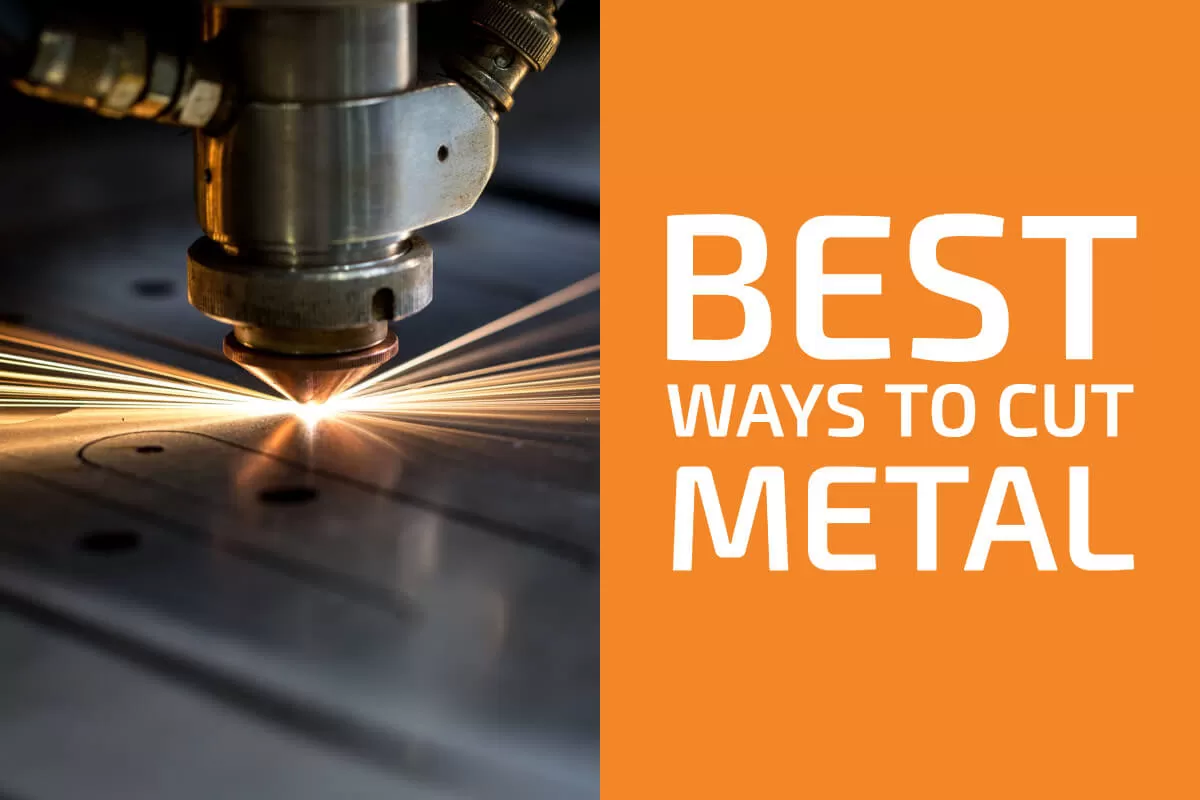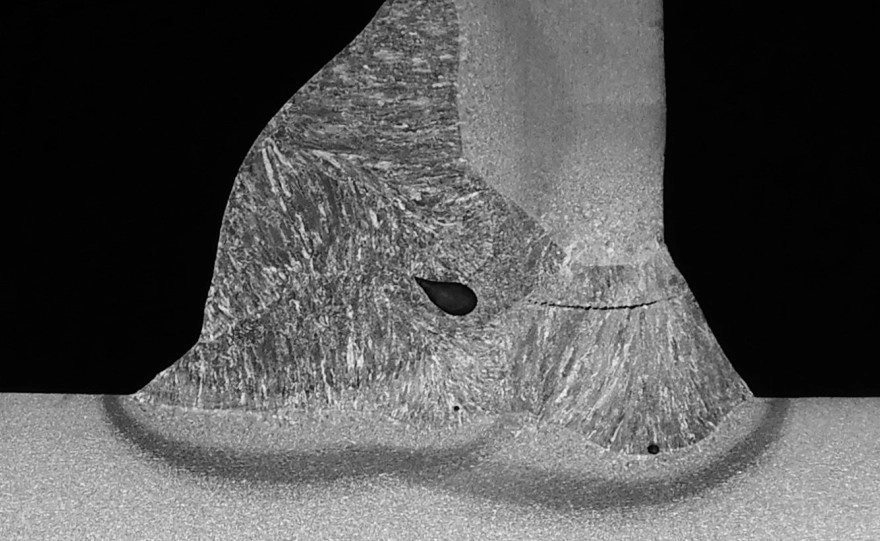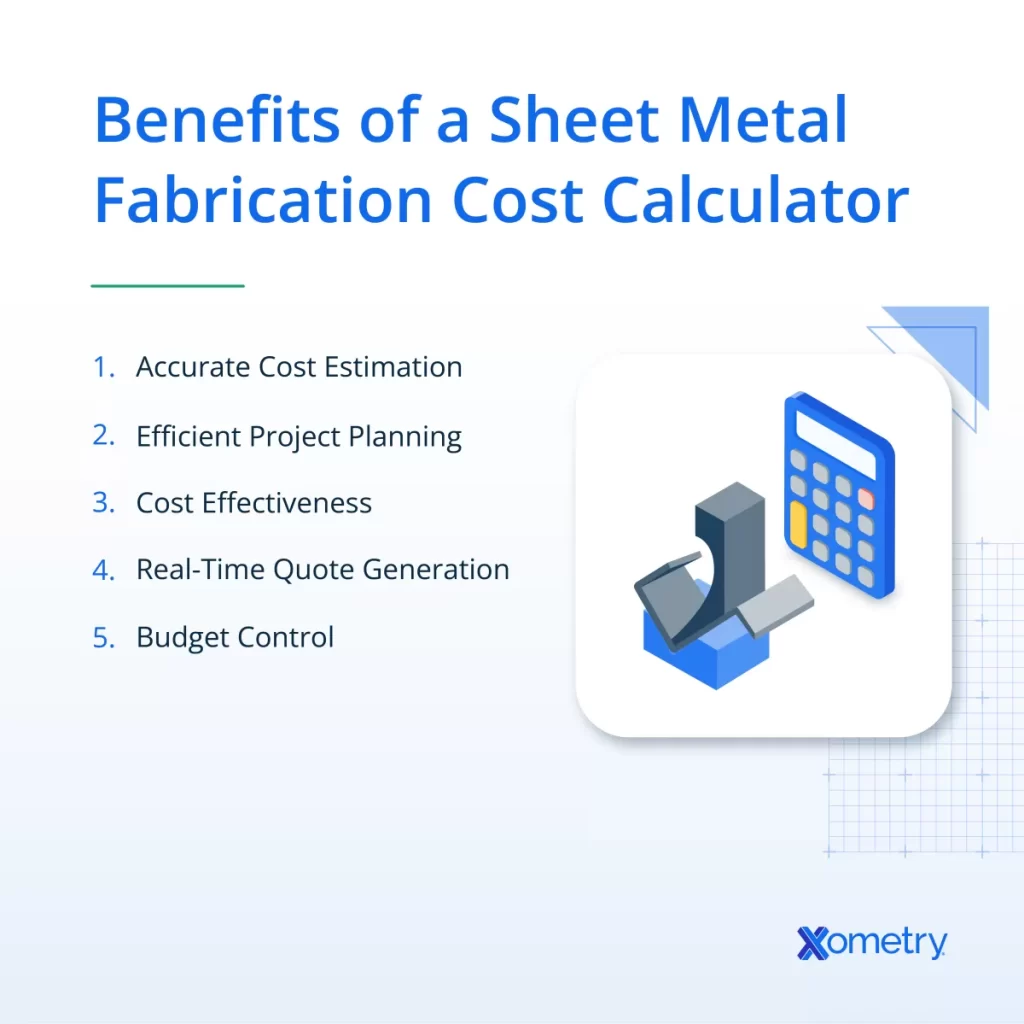Understanding Sheet Metal and Cutting Needs
Sheet metal is a versatile material used across many industries, and knowing its types and characteristics can help you choose the best cutting method for your project. Common types of sheet metal include steel, aluminum, copper, and brass. Each has unique properties: steel is strong and durable, aluminum is lightweight and corrosion-resistant, copper offers excellent conductivity, and brass combines strength with a smooth finish.
Another key factor is the gauge, which refers to sheet metal thickness. A higher gauge number means the sheet metal is thinner, while a lower gauge indicates thicker metal. Understanding this is crucial because the thickness affects the cutting tools and techniques you’ll need.
Before you start cutting, consider your project’s requirements: What level of precision do you need? How big is the scale of the work? What’s your budget for tools and services? These factors will guide your choice of cutting method, whether you’re doing a small DIY project or a large fabrication.
Sheet metal is everywhere—from HVAC ducts and automotive parts to jewelry and roofing. Each application demands different levels of accuracy and finishing, so understanding your specific needs upfront saves time and effort later. For a deeper look into sheet metal types and how to design for fabrication, check out this helpful resource on using design for manufacturing and assembly for easier sheet metal fabrication.
Top Methods for Cutting Sheet Metal
Manual Cutting Methods
Tin Snips
Best for thin metals like aluminum and mild steel. There are three types: straight, left-cut, and right-cut snips.
- Pros: Affordable, precise for small cuts
- Cons: Labor intensive, edges usually need finishing
Hacksaw
Good for small projects or thicker metals with the right blade. Use a blade with high teeth per inch (TPI) for thinner metals.
- Pros: Cheap, versatile
- Cons: Leaves rough edges, cuts are slow
Chisel and Hammer
Useful for making starter holes or basic cuts in softer metals.
- Pros: Simple, no power tools needed
- Cons: Not precise, can be tiring
Power Tool Cutting Methods
Angle Grinder
A fast way to cut various sheet metals using metal cutting discs.
- Pros: Quick, affordable
- Cons: Messy, discs wear out fast
Circular Saw
Works well for straight cuts when equipped with a metal cutting blade.
- Pros: Powerful, good for thicker sheets
- Cons: Strong vibration, safety risks if not handled carefully
Nibbler
Ideal for clean, distortion-free cuts, especially on thin metals.
- Pros: Precise cuts, minimal metal warping
- Cons: Creates material waste, not suited for thick metals
Jigsaw
Often overlooked but great for curved cuts with the right metal blade.
- Pros: Accurate for curves
- Cons: Can vibrate, affecting control
Reciprocating Saw
Better suited for demolition than precision cuts.
- Pros: Very versatile
- Cons: Rough edges
Advanced Cutting Methods
Plasma Cutting
Fast and accurate on conductive metals like steel and aluminum.
- Pros: Speedy, handles various thicknesses
- Cons: Expensive setup, edges may need cleanup
Laser Cutting
Offers high precision for complex shapes and fine details.
- Pros: Clean edges, minimal waste
- Cons: High cost, some materials aren’t compatible
Waterjet Cutting
A green option that works on nearly any material without heat damage.
- Pros: No heat distortion, excellent precision
- Cons: Slower process, ongoing maintenance costs
CNC Cutting
HYCNC’s specialty – automated, precise, and ideal for complex designs.
- Pros: Unmatched accuracy, scalable for any project size
- Cons: Requires professional setup and programming
Choosing the right cutting method depends on your project’s material, thickness, budget, and required precision. For larger or more detailed work, advanced methods like CNC cutting at HYCNC can save time and deliver better results.
Choosing the Right Method for Your Project
Picking the best way to cut sheet metal depends on your project’s needs, budget, and skill level. Here’s a quick comparison to help you decide:
| Method | Cost | Precision | Speed | Material Suitability | Ease of Use |
|---|---|---|---|---|---|
| Tin Snips | Low | Medium | Slow | Thin metals (low gauge) | Easy |
| Hacksaw | Low | Low-Medium | Slow | Thin to medium metals | Moderate |
| Angle Grinder | Moderate | Medium | Fast | Various metals | Moderate |
| Circular Saw | Moderate | Medium-High | Fast | Thicker metals | Moderate |
| Nibbler | Moderate | High | Medium | Thin metals | Moderate |
| Plasma Cutter | High | High | Very fast | Conductive metals | Requires training |
| Laser Cutter | Very High | Very high | Fast | Thin to medium metals | Professional use |
| Waterjet Cutter | Very High | Very high | Moderate | All metals, no heat zones | Professional use |
| CNC Cutting | High | Unmatched | Fast | Complex, large projects | Professional use |
DIY vs Professional Needs
- Use hand tools like tin snips or hacksaws if your job is small, simple, and budget tight.
- Power tools such as angle grinders or circular saws work well for faster cuts and thicker metals but require some experience.
- For complex or large-scale projects with tight tolerances, investing in CNC services is the smart move. You get unmatched precision and consistency.
Why HYCNC’s CNC Cutting Services Excel
At HYCNC, we specialize in CNC sheet metal cutting that handles even the most intricate designs at scale. Our advanced CNC machines deliver:
- Precise, clean cuts for complex shapes
- Faster turnaround compared to manual methods
- Scalability for big or repeat projects
- Material versatility from steel to aluminum and more
Whether you’re making automotive parts or HVAC components, HYCNC’s CNC cutting services provide the reliability and quality you need to get the job done right.
Safety Tips for Cutting Sheet Metal
Cutting sheet metal can be hazardous if you don’t take the right safety precautions. Here’s what you should keep in mind:
-
Wear Essential Safety Gear
Always put on safety goggles to protect your eyes from flying metal shards. Use work gloves to guard your hands against sharp edges and metal splinters. Ear protection is a must with noisy power tools like grinders or saws.
-
Secure the Workpiece
Clamp down the sheet metal firmly before cutting. This prevents slips or sudden movements that can lead to accidents. Using proper clamps or a sturdy vise helps keep your hands clear of the cutting path.
-
Handle Sharp Edges Carefully
Freshly cut sheet metal has razor-sharp edges and can easily cut your skin. Avoid touching cut edges directly. Use deburring tools or file rough parts down before handling or assembling.
-
Manage Sparks and Ventilation
Power tools—especially grinders and plasma cutters—create sparks and metal dust, which can be harmful or flammable. Work in a well-ventilated area, preferably outdoors or in a shop with proper exhaust fans. Keep flammable materials away and wear a dust mask when needed.
Following these safety steps ensures your sheet metal cutting projects go smoothly without injury. For detailed insights on cutting tools and techniques, check out CNC metal cutting tools and our guide on waterjet cutting vs laser cutting.
Post Cutting Finishing Techniques
After cutting sheet metal, the edges can be sharp and rough, so finishing is key for safety and appearance. The first step is deburring, which removes jagged edges and tiny metal shards. This helps prevent cuts and makes handling the metal safer.
Next, use filing, sanding, or grinding to smooth out the surface. These tools help refine the cut edges, giving you a clean finish that’s both professional-looking and easier to work with.
At HYCNC, we take finishing seriously. Our professional finishing services ensure every piece is polished and ready for your project, saving you time and giving you high-quality results you can trust. Whether you need smooth edges for HVAC ducts or precise finishes for automotive parts, we make sure it’s done right.
Why Choose HYCNC for Sheet Metal Cutting
At HYCNC, we specialize in CNC sheet metal cutting using advanced laser, plasma, and waterjet technologies. This range lets us handle a wide variety of metals like steel, aluminum, copper, and brass with top-notch precision and clean finishes.
Choosing HYCNC means you get:
- Precision: Our CNC machines deliver highly accurate cuts every time, perfect for complex patterns or tight tolerances.
- Scalability: Whether it’s a single custom piece or large production runs, we can handle projects of any size efficiently.
- Material versatility: From thin gauge metals to thicker plates, our technology adapts to your material needs without compromising quality.
Getting started is simple—just reach out for a free quote or consultation. We’ll discuss your project requirements, budget, and timelines to recommend the best cutting approach.
For example, we recently worked on an HVAC duct project where precision cuts and durable materials were critical. Thanks to our plasma cutting and finishing processes, the client received perfectly fitting parts that sped up installation and improved overall system performance.
If you’re looking for reliable, high-quality sheet metal cutting in the U.S., HYCNC is your go-to partner.
FAQs
What is the easiest way to cut sheet metal at home
For simple home projects, tin snips are usually the easiest. They’re affordable, don’t need power, and work well on thinner metals. Just pick the right snip type—straight, left, or right—to match your cut. For thicker metals or more precision, power tools like a jigsaw or angle grinder can help.
Can I cut thick sheet metal with tin snips
Tin snips are not ideal for thick sheet metal. They work best on thin gauges (higher gauge numbers mean thinner metal). Trying to use them on thick metal can be tiring and damage the snips. For thick metals, power tools or professional CNC cutting services like HYCNC are a better choice.
How does CNC cutting compare to manual methods
CNC cutting provides unmatched accuracy and clean, precise cuts, even on complex shapes and thicker metals. Manual methods like snips or saws often come with rough edges, require more effort, and less consistency. CNC lets you scale up projects and get perfect results every time.
What safety precautions should I take when cutting sheet metal
Always wear safety goggles, gloves, and ear protection.
Secure the metal with clamps to avoid slipping.
Watch out for sharp edges and metal shards, and handle cut pieces carefully.
For power tools and plasma cutting, ensure good ventilation and control sparks to avoid hazards.
How can HYCNC help with my sheet metal project
HYCNC offers expert CNC laser, plasma, and waterjet cutting tailored to your project needs. Whether you need fast turnaround, complex designs, or large-scale fabrication, their precision and material versatility make the process smooth. Plus, they provide finishing services to ensure polished, ready-to-use parts. Contact HYCNC for a quote or consultation to get your project started right.




